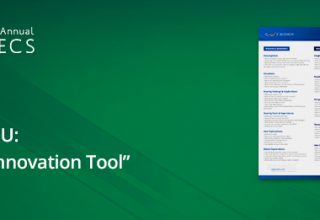
Develop a Set of Best Questions
Relying on best practices is a way to avoid engaging in thinking deeply about the issues and reflecting on the answers, and their potential uncertainty unavoidably involves some discomfort and pain. It’s natural to avoid going through this process, which is often negatively characterized as ‘reinventing the wheel.’ As an alternative, instead of working on establishing a set of best practices derived from the ideas of others, practitioners need to propose a set of best questions to ask themselves and their team members. Here are some examples of ‘best’ questions as applied to mentoring, for example:
• What do you hope to achieve with a mentoring program?
• What results do you expect?
• Why are these things important?
• What needs do the people in your organization have that can be better met through mentoring?
Assign a Risk-Level to Program Options
While a best practices guide can inspire you to think of, reflect on, or be inspired by what others have done, it can also be a barrier to creating your own path that is more likely to fit your organizational culture, values and mission. Just because others have developed a particular practice that works for them, doesn’t mean their success will transfer to your organization.
But it also means that they could work and benefit your mentoring initiative. When using best practices, take a “risk-based” approach. That is, with every ‘best practice’ reflect on the pluses and minuses of implementing that best practice in your organization. Ask yourself “How will this help or hinder the results we want? What might be an unintended or unexpected positive or negative outcome if we implement this best practice?”
While the previous sections dealt mostly with mentoring, the same principles regarding the drive to identify best practices applies to both coaching and peer assistance. The extensive movement within the coaching industry, for example, to create accreditation systems, credentialing, and evidence-based practice—as demonstrated through the titles of recently published books, journals, and articles—could be described as both a search for excellence and security or a barrier to effectiveness and innovation.
The complexity of the human endeavor to live healthy and fulfilling lives is too important to leave to a set of best practices in any health and human services field whether it be mentoring, medicine, peer assistance, coaching, or other health practice. Best practices tell us about what worked in the past. If we want to live in the past, imitate them. If we want to build for the future, create practices that come from our hearts.
Download Article













